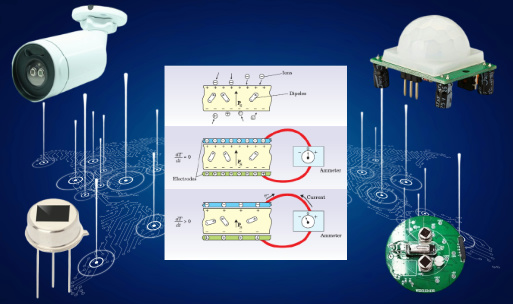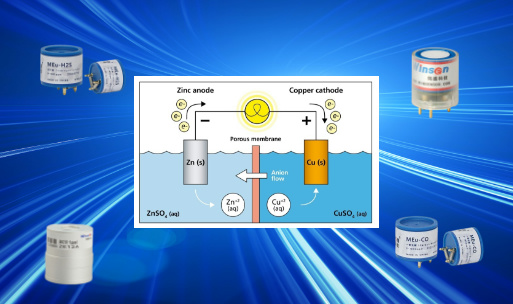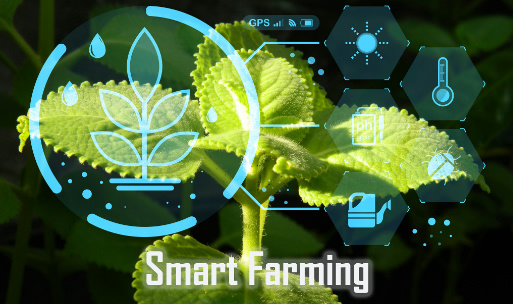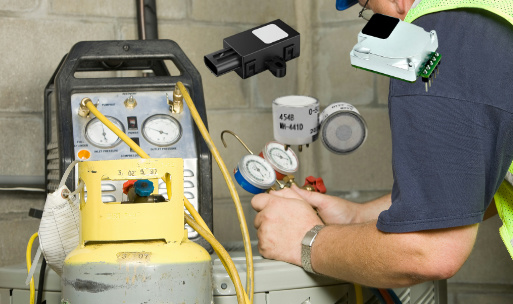Application of Pressure Sensors in Hydrogen-Powered Bicycles
In recent years, hydrogen-powered bicycles have gained significant attention as a green alternative to traditional electric or fuel-powered vehicles. These eco-friendly bikes utilize hydrogen fuel cells to generate power, producing zero emissions and offering extended range. A critical component that ensures the safe and efficient operation of hydrogen-powered bicycles is the pressure sensor. This article explores the role of pressure sensors in hydrogen-powered bicycles, their functionality, benefits, and specific applications, while emphasizing their significance in the growing hydrogen vehicle market.
Introduction to Hydrogen-Powered Bicycles
Hydrogen-powered bicycles operate by using a hydrogen fuel cell, which combines hydrogen gas with oxygen from the air to produce electricity. This electricity powers an electric motor that drives the bicycle forward. One of the core advantages of hydrogen bicycles is their ability to produce zero harmful emissions, with the only byproduct being water vapor. This makes them an appealing option for reducing pollution, particularly in urban areas.
However, to safely store, control, and use hydrogen in fuel cells, advanced pressure management is essential. This is where pressure sensors play a key role.
Role of Pressure Sensors in Hydrogen-Powered Bicycles
Pressure sensors are vital in ensuring the safety and efficiency of hydrogen-powered bicycles. These sensors monitor the pressure of hydrogen in various parts of the system, including storage tanks, fuel cells, and distribution lines. The sensors provide real-time data that helps regulate the flow of hydrogen, prevent overpressure situations, and ensure the fuel cell operates within optimal parameters.
1. Monitoring Hydrogen Storage Pressure
Hydrogen is typically stored in pressurized tanks at pressures up to 700 bar (approximately 10,000 psi). Ensuring the correct pressure in these tanks is crucial for both performance and safety. If the pressure is too high, it could lead to leaks or ruptures, which could be hazardous given the flammability of hydrogen. If the pressure is too low, the fuel cell may not receive enough hydrogen to function efficiently, leading to reduced performance or even system shutdown.
Pressure sensors installed in the hydrogen storage tanks continuously monitor the pressure levels and alert the control system if any anomalies occur. This allows for automated responses, such as reducing hydrogen flow or triggering emergency shutdowns, to maintain the safety and functionality of the bicycle.
2. Regulating Hydrogen Flow to the Fuel Cell
Once hydrogen is stored in the tank, it needs to be carefully metered and delivered to the fuel cell. The pressure of hydrogen delivered to the fuel cell needs to be within a precise range for optimal power generation. Pressure sensors installed along the delivery lines ensure that hydrogen flows at the correct pressure. If the pressure is too high or too low, the sensors can trigger adjustments in the flow control mechanisms, optimizing performance and ensuring the longevity of the fuel cell.
3. Ensuring Fuel Cell Efficiency
Inside the fuel cell, hydrogen undergoes a chemical reaction with oxygen to generate electricity. This reaction is sensitive to pressure conditions, and maintaining the correct pressure is key to achieving high efficiency. Pressure sensors within the fuel cell assembly help maintain these conditions by providing feedback on hydrogen and oxygen pressures, allowing for real-time adjustments in fuel cell operation. By maintaining an optimal pressure balance, the system can maximize energy output while minimizing waste.
4. Safety in Overpressure and Leak Detection
Hydrogen is highly flammable, and any overpressure or leaks could result in a serious safety hazard. Pressure sensors act as an early warning system in the event of a potential leak or overpressure situation. By continuously monitoring pressure levels, these sensors can detect changes indicative of a leak or dangerous pressure build-up. In such cases, the system can either automatically shut down or reduce the flow of hydrogen, preventing accidents and ensuring the safety of the rider and others nearby.
Benefits of Using Pressure Sensors in Hydrogen-Powered Bicycles
The integration of pressure sensors in hydrogen-powered bicycles offers numerous benefits, which contribute to both the performance and safety of the vehicle.
1. Enhanced Safety
Safety is paramount when dealing with hydrogen, given its volatility. Pressure sensors ensure that the hydrogen storage and delivery systems operate within safe pressure limits, preventing accidents caused by overpressure or leaks. Their ability to provide real-time monitoring and control mechanisms greatly reduces the risks associated with hydrogen fuel.
2. Improved Efficiency
By accurately monitoring and controlling the hydrogen flow, pressure sensors enable the fuel cell to operate at its peak efficiency. This translates to better energy conversion, longer travel distances on a single tank of hydrogen, and improved overall performance. Sensors ensure that the hydrogen is used in the most efficient manner possible, optimizing the power output of the bicycle.
3. Real-Time Diagnostics
Modern pressure sensors can be integrated with onboard diagnostics systems, providing real-time data on the condition of the hydrogen system. This allows for immediate detection of any issues, such as pressure fluctuations or leaks, and enables prompt responses. Riders can be informed of potential problems via dashboard alerts or smartphone apps, helping prevent breakdowns or accidents.
4. Reduced Maintenance Costs
Pressure sensors can detect minor issues before they escalate into major problems, reducing the need for costly repairs. For instance, early detection of pressure leaks or irregularities can prevent damage to the fuel cell or other critical components. This predictive maintenance capability extends the lifespan of the hydrogen system and lowers the overall cost of ownership for riders.
Types of Pressure Sensors Used in Hydrogen-Powered Bicycles
There are several types of pressure sensors that can be employed in hydrogen-powered bicycles, each with specific advantages depending on the application.
1. Ceramic Pressure Sensors
Ceramic pressure sensors are highly durable and can withstand extreme pressure and environmental conditions. These sensors are ideal for use in hydrogen storage tanks, where pressures are exceedingly high. Their resistance to corrosion and chemical damage makes them a reliable choice for long-term operation in hydrogen-powered vehicles.
2. Piezoresistive Pressure Sensors
Piezoresistive pressure sensors are known for their high sensitivity and accuracy. They are often used in critical applications where precise pressure measurements are required, such as regulating the flow of hydrogen to the fuel cell. These sensors can detect even small fluctuations in pressure, allowing for fine-tuned control over the system.
3. Strain Gauge Pressure Sensors
Strain gauge pressure sensors are another option used in hydrogen-powered bicycles. They work by measuring the strain (deformation) of a material when subjected to pressure. These sensors are valued for their robustness and ability to provide accurate measurements under varying conditions.
Winsen Pressure Sensors Solution
https://www.winsen-sensor.com/selection-guide/winsen-pressure-sensors-solutions.htmlConclusion
Pressure sensors are an indispensable part of hydrogen-powered bicycles, providing critical safety and performance benefits. From monitoring hydrogen storage pressure to regulating fuel cell efficiency, these sensors play a vital role in ensuring that hydrogen-powered bicycles are both safe and efficient. As technology advances, the use of pressure sensors will continue to evolve, contributing to the growth of hydrogen-powered bicycles as a sustainable transportation solution.
With their ability to enhance safety, improve efficiency, and reduce maintenance costs, pressure sensors will remain a key component in the future of hydrogen-powered bicycles, driving the adoption of this green technology in the coming years.









